ROSHOLT, S.D. ŌĆö ItŌĆÖs getting harder and harder to find labor for agriculture in rural communities, and 2022 was an eye-opener in Roberts County, South Dakota.
One co-op was trying to hire truck fertilizer ŌĆ£tenderŌĆØ drivers for the spring harvest and ended up hiring independent truck firms. Although grateful for the independent companies, it tripled the costs and the co-opŌĆÖs semi-tractors stood idle.
ADVERTISEMENT
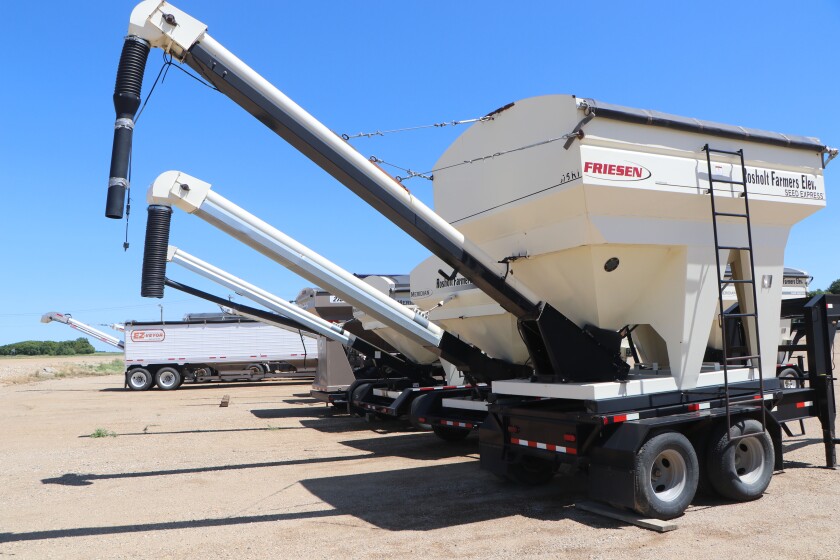
Brad Tangen is general manager of the Farmers Cooperative Elevator Co. Inc., of Rosholt, South Dakota. The co-op, founded in 1914, serves 200 patrons and handles 9 million to 10 million bushels of grain each year. Patrons come from multiple counties in three states ŌĆö Richland, in North Dakota; Traverse and Big Stone in Minnesota; Roberts and Marshall in South Dakota.
They offer full-service agronomy, with custom application of crop fertilizers and chemicals, as well as seed and seed treatment.
Availability of labor is getting tighter in the state.
- Strawberry season is slower but just as sweet at Country Blossom Farm
- Midwest Agriculture Summit takes on big questions in ag transportation
- John Deere autonomous tillage system gets tryout in North Dakota fields
- Dry conditions mean more wear and tear on planters, increased demand for irrigation
- Meat processing demand builds education and business opportunities in rural Minnesota
South Dakota's June 2022 labor force of 477,300 increased compared to the June 2021 level of 468,600. The level of employed increased by 13,100 (2.9%); the level of unemployed decreased by 4,400 persons (28.9%). The unemployment rate decreased 0.9% to 2.3%. The lowest unemployment rate is 1.6% in Jerauld County. Roberts County has 3.5% unemployed.
The stateŌĆÖs annual average of quarterly job vacancies in the past three years was the highest it had been since the agency had begun measuring job vacancies in 2001. Since 2005, the number of job vacancies had doubled in every region of the state ŌĆö the highest in the northwest.
Rosholt is about 8 miles from the Minnesota state line.
The Minnesota Department of Employment and Economic Development, the stateŌĆÖs principal economic development agency, in September 2021 said ŌĆ£finding helpŌĆØ was the biggest challenge facing businesses, and that problem is greatest in rural parts of the state. There was some impact from the pandemic, but the more ŌĆ£systemic reasons for workforce shortages are years of economic growth, an aging workforce heading toward retirement, and fewer young people to replace them."
ADVERTISEMENT
Access to ŌĆśtownŌĆÖ
Rosholt has about 430 residents and the town is about 34 miles from the larger towns of Wahpeton, North Dakota, and 25 miles to Sisseton, South Dakota.
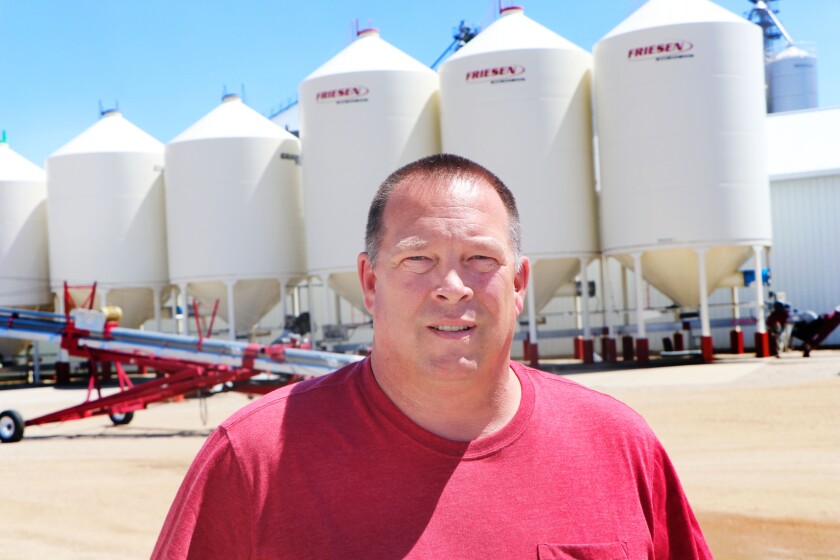
ŌĆ£ItŌĆÖs becoming increasingly difficult to recruit young people to come and work in areas like this,ŌĆØ Tangen said. They focus on things they can control, like training and benefits.
ŌĆ£There are more opportunities elsewhere, but we try to make it an attractive enough environment that they want to stay here.ŌĆØ Sometimes it hinges on a partner or spouse having a job.
The one-site co-op has 20 full-time employees. They usually hire eight to 10 part-time employees, seasonally, usually hauling grain in the fall or fertilizer in the spring ŌĆö typically April to the end of May.
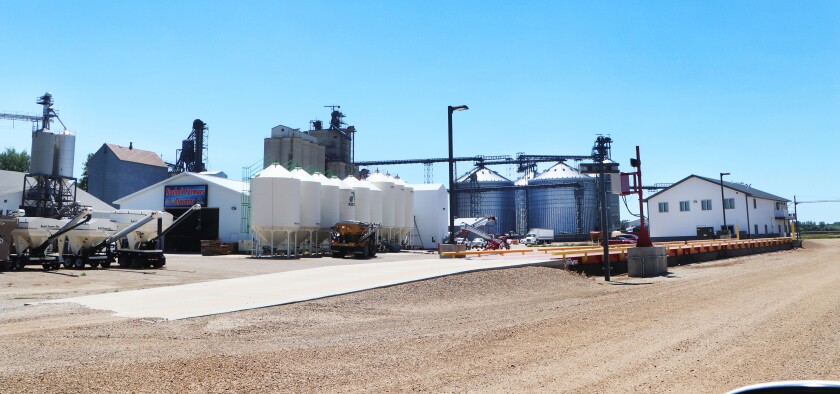
They start advertising for spring positions early in February and March.
ŌĆ£We just didnŌĆÖt have any applicants, other than ŌĆö thank goodness ŌĆö the people from town here that have worked for us in the past, the folks that have retired from their other jobs and have the time to do it,ŌĆØ he said. ŌĆ£Thank goodness we had them. But to find new people to come in, itŌĆÖs just getting increasingly difficult.ŌĆØ
Often, they can find people who have construction jobs in the summer, but can start at the co-op before the construction season. Historically, many of the temporary employees were retirees, still fully qualified with commercial drivers licenses and endorsements.
ADVERTISEMENT
Normally, they pay $20 or more.
A $30/hour ad
This year, the co-op advertised ŌĆ£upwards of $30 an hour.ŌĆØ But they just didnŌĆÖt have any or many applicants from the ads. Their only seasonal employees were four retired townspeople who formerly had worked at the co-op and still had effective CDLs. ŌĆ£To find anybody else was, basically, impossible.ŌĆØ
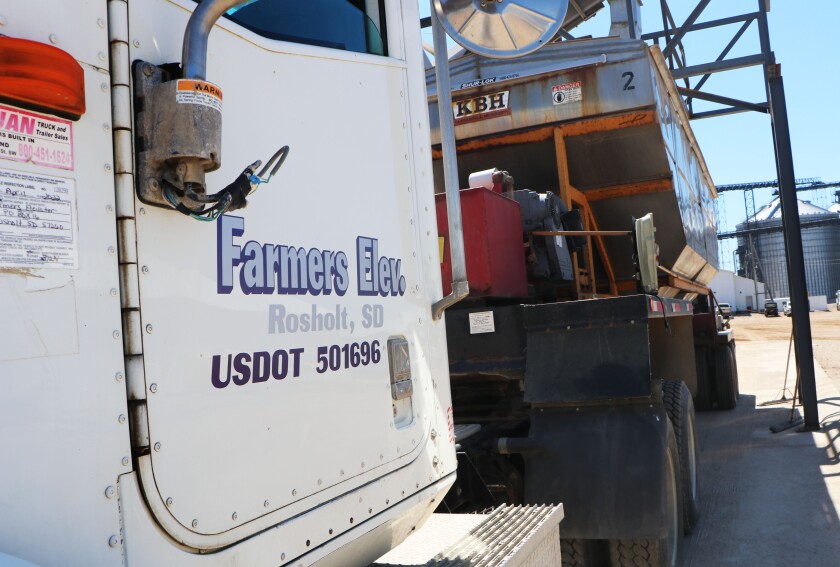
Despite the eye-popping pay boost, they still only found four of the eight drivers they needed. They had to hire on three trucks from different trucking companies, but still were one truck short of what they needed.
Tangen felt fortunate to have the outside trucking firms to hire, but noted there are limits to that availability, too. One of the companies does hauling materials for large-scale dairies in the area.
CDL barriers
One issue is that new CDL rules require more training to obtain a license. ŌĆ£ItŌĆÖs just getting harder and harder to find people that actually have the license,ŌĆØ Tangen said. ŌĆ£And ŌĆö you know ŌĆö you donŌĆÖt want to just stick anyone in a truck. You want them to be as safe as possible.ŌĆØ
In the past the state required CDL manual knowledge. It costs about $4,000 in educational courses, Tangen said.
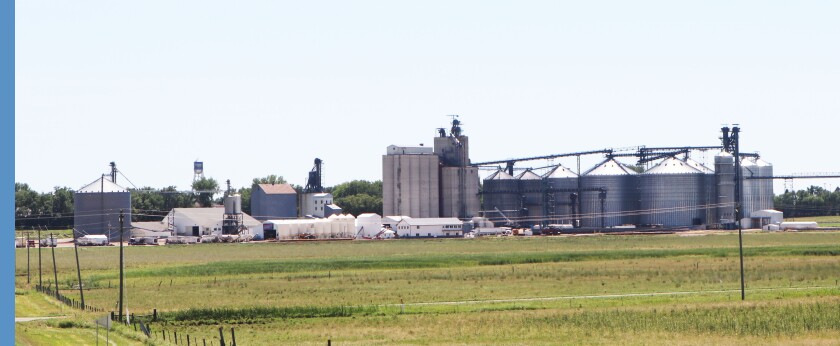
Tangen, 50, said he expects this particular labor problem will become more difficult as time goes on. ŌĆ£These small towns, you donŌĆÖt get a lot of people that stick around and want to work here. They move on to bigger cities. With the aging population in this area, itŌĆÖs really become a challenge.ŌĆØ
ADVERTISEMENT
Instead of $30 per hour for a truck driver, the co-op must pay $90 to $100 for the trucking firms, who provide their own tractors but pull co-op trailers.
ŌĆ£The bottom line is we have such a small timeframe to get a lot of work done,ŌĆØ he said. ŌĆ£But IŌĆÖm very thankful for those people to come in and do it, because the bottom line is, we have a small timeframe to get a lot of work done. Without these people, we wouldnŌĆÖt be able to get done what we get done.ŌĆØ
Tangen hasnŌĆÖt tried to take his concerns to policy-makers at the state or federal level.
ŌĆ£I think itŌĆÖs just something weŌĆÖre going to have to adapt to going forward,ŌĆØ he said. As the co-op expands, the company will try to hire more full-time people and get them CDL-qualified.
Going bigger
The co-op is shifting away from smaller ŌĆ£tandemŌĆØ trucks, Tangen said. TheyŌĆÖll consider purchasing more higher-volume semi-trailers so that they donŌĆÖt have to have as many trucks ŌĆö and drivers ŌĆö on the road. Plus, they have more application both for grain and fertilizer.
ŌĆ£But at the same time theyŌĆÖre getting the same amount of work done because they can haul twice as much.ŌĆØ
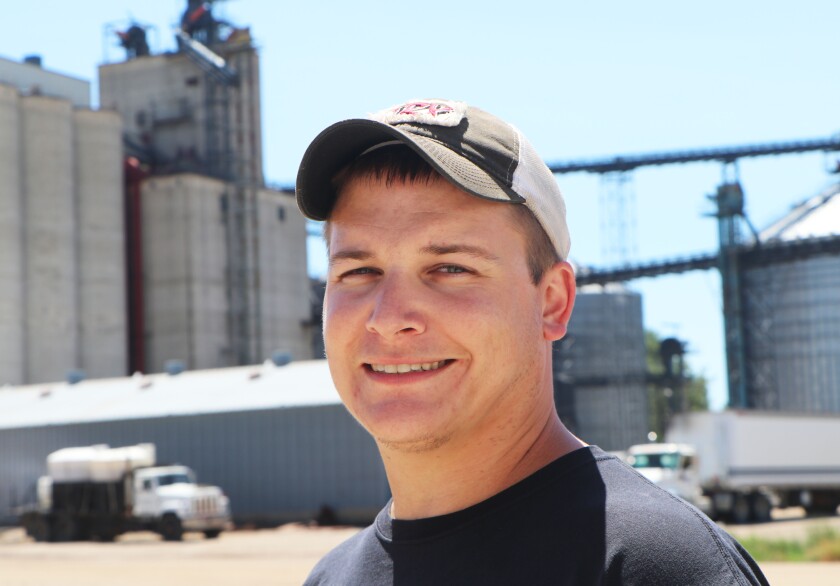
Jordan Krump, 32, grain merchandiser for the co-op, oversees grain acquisition and sales, dealing with incoming grain and rail transportation.
ADVERTISEMENT
ŌĆ£ItŌĆÖs all hands on deck, weŌĆÖll dump 400 to 500 trucks a day during the heat of harvest,ŌĆØ he said. ŌĆ£EverybodyŌĆÖs busy.ŌĆØ Most people in the ag industry understand there will be extended hours in the spring and fall.
Krump said the full-time crew will be pressed into service in crews, running 7 a.m. until 8 p.m. to 9 p.m. A handful drive 30 miles one-way each day. They are a 110-car unit train shippers on the CP Rail line.
ŌĆ£I think itŌĆÖs going to be a struggle going forward with everything in the economy inflated. Every business has had to up their wage. You can only up it so far until it starts eating into your cost of business. ItŌĆÖs going to be an issue. A lot of it gets filtered to the end user. You have to make that work, or youŌĆÖre going to have to shut down," he said.










